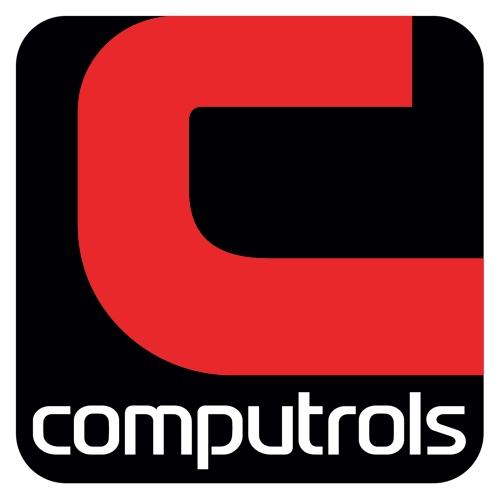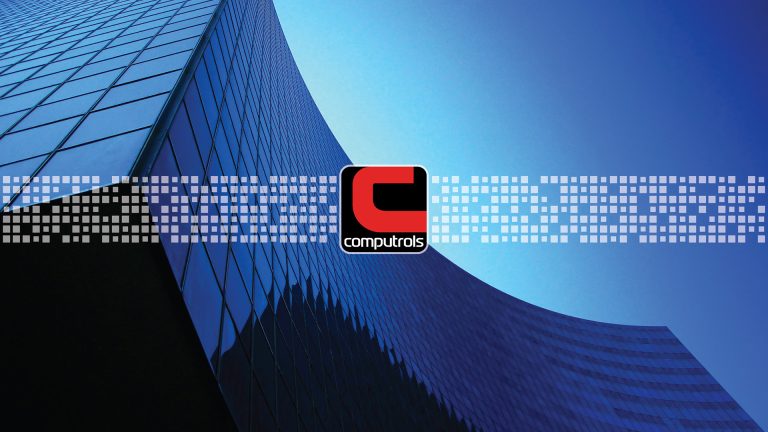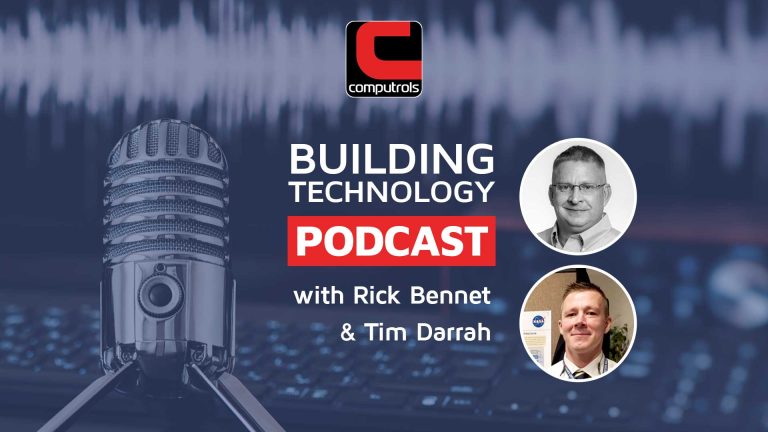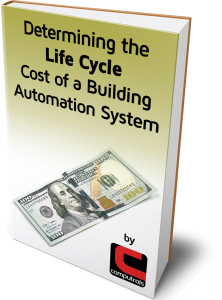Background/Biography
My name is Chad Bellanger, and I am a member of the building engineering team at the Lakeway Center, which is a three-building Class-A office complex containing approximately 1.2 million square feet of space, located in Metairie, Louisiana.
My background consists of a decade of electrical work, in both industrial and commercial applications. I spent several years on multiple oil and gas production platforms and spent the remainder of my electrical career doing troubleshooting, repairs, and construction in and around the New Orleans area. I was hired by Lakeway as a maintenance tech in 2011, where I eventually worked my way up to the title of Engineer.

A lot of what I learned during my electrical career carries over to my current role which allows my company to do conduit/raceway installs and various wiring projects in-house. This reduces company overhead while also allowing our entire team the opportunity to get more involved behind the scenes in operating, retrofitting, and updating our buildings.
How long have you been using CBAS?
I was first introduced to CBAS in late 2004, as an electrician when I worked side by side with Engineers doing various building automation-related installs. I didn’t become an actual CBAS user until I was hired on with the Lakeway Engineering team in 2011. It was a seamless transition, going from just an observer of CBAS to a user. Today, I’m proud to say that I do my own installs of Computrols products in our office buildings.
What are your favorite features in CBAS and why?
My favorite feature of CBAS is its ease of use. It is an extremely user-friendly system that allows a user to get as in-depth as they are comfortable with. For example, as an entry-level employee, I was granted a password with restrictions that allowed me the freedom to browse CBAS comfortably which helped me to get a better understanding of building automation. At the same time, the password limitations protect me from myself by not allowing me the control to change major functions or settings within the system. The more time I spent on CBAS, the more comfortable I became with it and was able to get much more in-depth. I discovered that, while initially intimidating, it was only such because it was something new to me. I soon realized that my fears were irrational because CBAS is so ridiculously user-friendly. It took very little time to build my confidence up, and before long, I was writing my own Logic statements, as well as installing and programming new hardware. It’s also comforting to know that the backup database feature grants me the freedom to try new things, and if I end up deciding not to keep those changes, I can restore the database from a previous version, acting as a bit of a safety net if needed.
What have you been able to accomplish using CBAS?
I’ve accomplished several things using CBAS, but I feel that my biggest accomplishment so far is retrofitting and updating antiquated control methods and devices throughout the buildings. I’ve been able to help bring our mechanical operations into the 21st century and beyond with CBAS. It also allows us to monitor our equipment in real-time, thus creating less downtime in the event that a piece of equipment was to go down. Retrofitting our controls from pneumatic to DDC is an accomplishment I take great pride in, and using Computrols has made the process of updating our buildings much simpler than I ever imagined.
What kind of impact has CBAS had on your building from an energy consumption and/or operational standpoint?
The energy savings we have experienced using CBAS have been immense. So much so, that all three of our buildings on the property are Energy Star Certified. The ability to have total control at our fingertips of the entirety of our complex has also helped with employee efficiency. When our equipment is more efficient, we have fewer breakdowns. The occasional breakdown is inevitable, so at times when we do experience an equipment issue, we spend less time trying to find and troubleshoot it, thanks to the live information CBAS provides, and the many features that are included which make our day to day operations virtually seamless.
Are your employees more engaged with the system?
Due to how friendly CBAS is to users, every one of my fellow employees is engaged in the system in some capacity. As I stated earlier, the entry-level guys are able to utilize CBAS as well as our Senior Engineers. Users of any comfort level are able to engage with the system. It’s up to the user to determine how in-depth they want to go within CBAS. From the new guy who’s not very computer savvy to the seasoned veteran capable of writing code, CBAS is truly for everyone.
What do you see in the future of building automation?
I see the future of building automation being a fully automated “smart” ecosystem. I believe we will see buildings that operate using a vast network of wireless sensors and controls that work together to create a building that will recognize the patterns of its occupants and create a truly tailored experience. The future of automation will be so efficient that once a system is set up and has learned the day-to-day schedule and comfort level of the occupants, it will require very little (if any) physical input from people.




